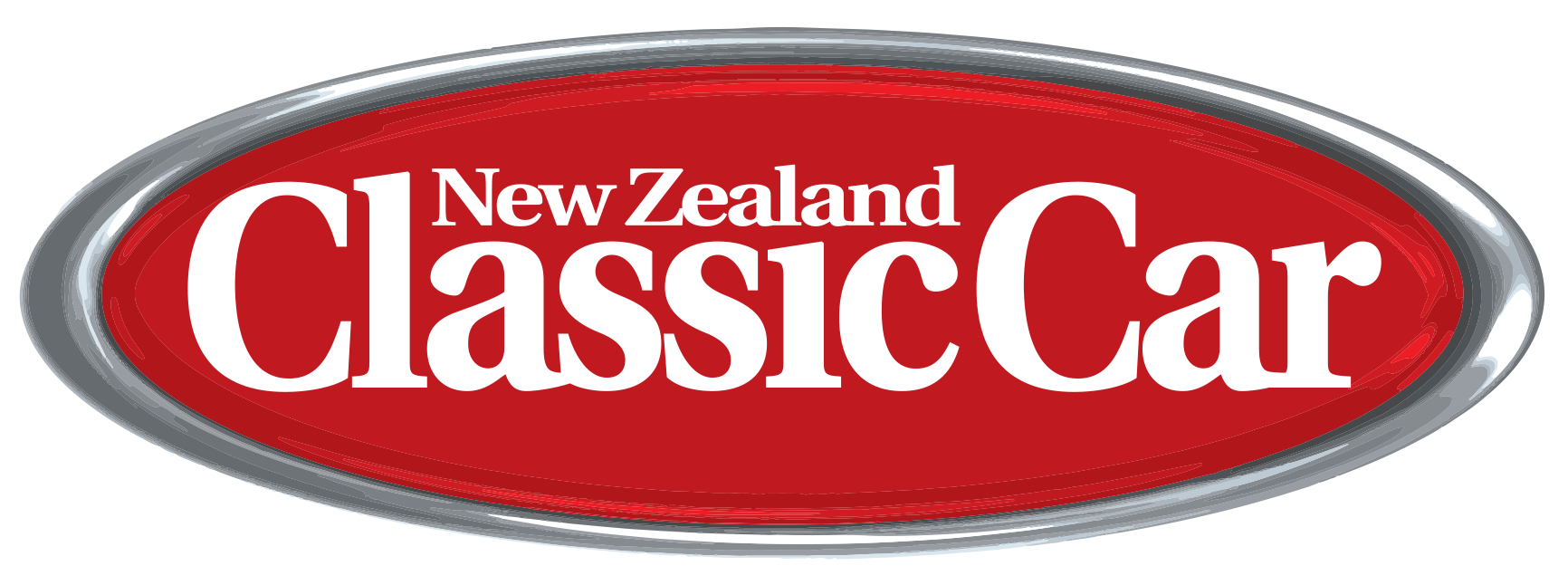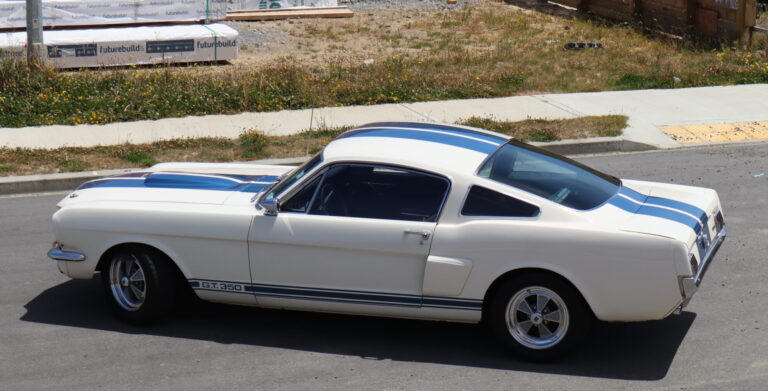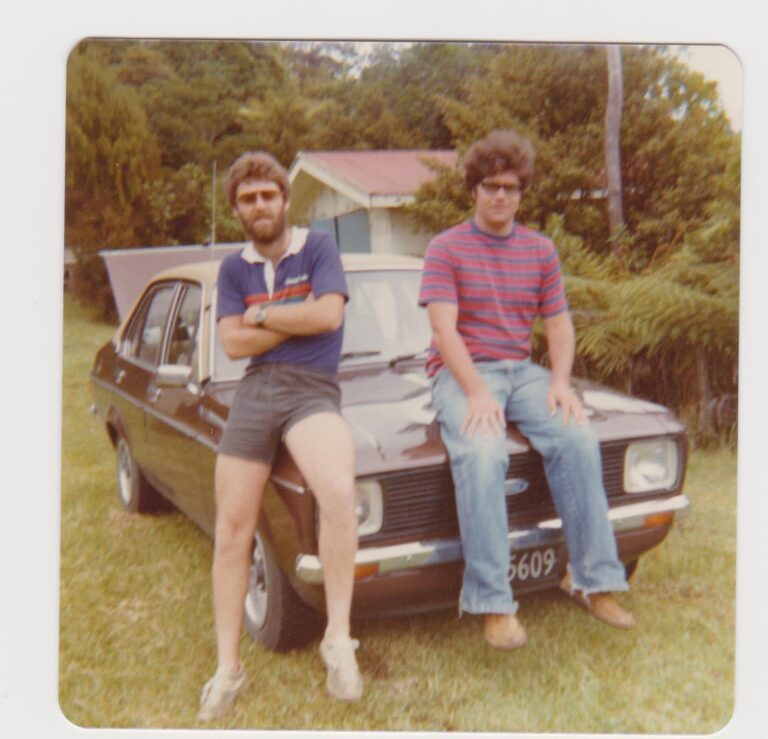
Made under license in India since 1957, the last Hindustan Ambassador rolled off the production line in West Bengal last week. if you’ve ever stepped into a taxi cab when visiting India you’ll be familiar with the Ambassador — a car that has become something of a motoring icon for millions.
Based on the Morris Oxford SIII, the Ambassador was built using production tools originally imported from the UK during the ’50s.
Sales of the car have been on the decline since the ’80s and the makers also say that industrial problems have contributed to ceasing production of the Ambassador.
As well, many point out that the Hindustan is a by-product of a long gone era and say that India is now looking at more modern vehicles from makers such as Mahindra and Tata.


